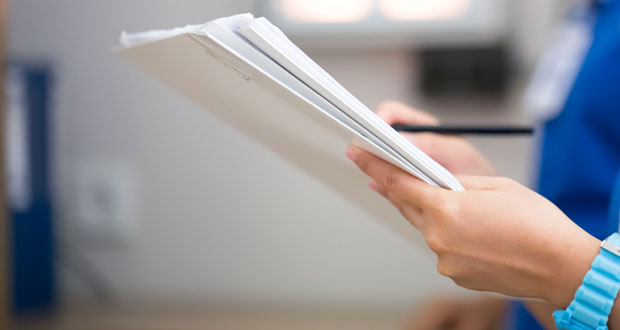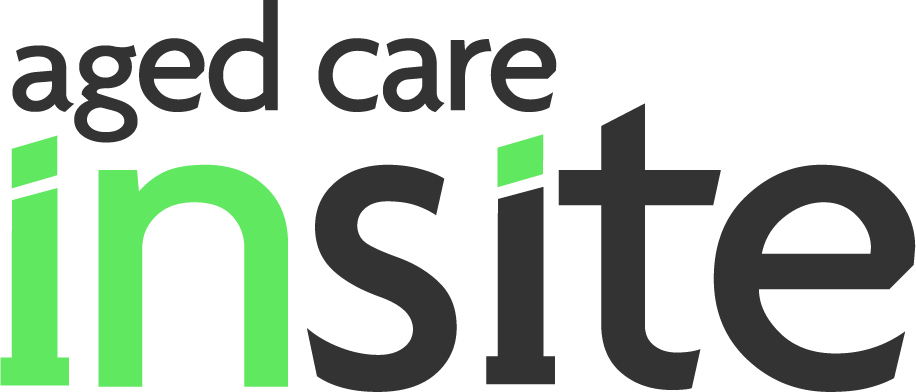Unannounced safety tests part of Grattan’s proposed hospital accreditation revamp

Big savings would be made if all Australian hospitals could match the safety performance of the best 10 per cent.
That’s the call from the Grattan Institute’s new report ‘Safer care saves money: How to improve patient care and save public money at the same time’.
Its authors are hoping that the move would tackle the finding that one in nine patients who go into hospital in Australia experiences a complication.
Those complications cost public hospitals more than $4 billion a year and private hospitals more than $1 billion a year.
But the Grattan team said if all hospitals lifted their safety performance to match the best 10 per cent, an extra 250,000 patients would go home complication-free each year and the health system would save about $1.5 billion every year.
It would also free up enough beds and resources to treat another 300,000 patients.
Co-author and Grattan Institute health program director Stephen Duckett said financial incentives are not the way to reduce complications, but rather better information and accreditation systems that encourage “useful improvements rather than ticking boxes” are more effective.
“Complication rates and accreditation outcomes should be public, so that governments are held to account,” Duckett said.
Australia’s hospital accreditation system has failed, he added. “It does not improve patient outcomes,” he said. “Practically every significant hospital safety failure in recent decades – from Bundaberg in Queensland to Camden and Campbelltown in NSW, Bacchus Marsh in Victoria and, most recently, a gas mix-up at Bankstown-Lidcombe Hospital in NSW – has happened in a hospital that had passed accreditation with flying colours.”
The report recommended replacing ‘one size fits all’ accreditation with a system based on measurable safety outcomes, tailored to each hospital’s situation. Its authors said this would move the emphasis from compliance to improvement.
“Hospitals would no longer be spruced up for a scheduled visit by accreditation inspectors,” they wrote. “Instead, surveyors would conduct safety tests without notice, but concentrate on helping hospitals to give safer care.”
Duckett said: “For the first time, patients and taxpayers would have access to detailed accreditation reports on all hospitals, so Australians could hold their governments to account on the quality and safety of hospital care.”
The report also provided the following recommendations:
- States should give public hospitals and the public information on the estimated cost of and revenue from complications
- Hospitals should develop business cases for safety improvement, with assistance from governments
- Financial incentives should be tailored and hospital-specific
- The focus of accreditation should shift from compliance to outcomes and improvement
- Surveyors should conduct safety tests without notice
- Accreditation reports should be published
- Medical colleges should not send trainees to hospital units with poor safety records
Email: [email protected]




